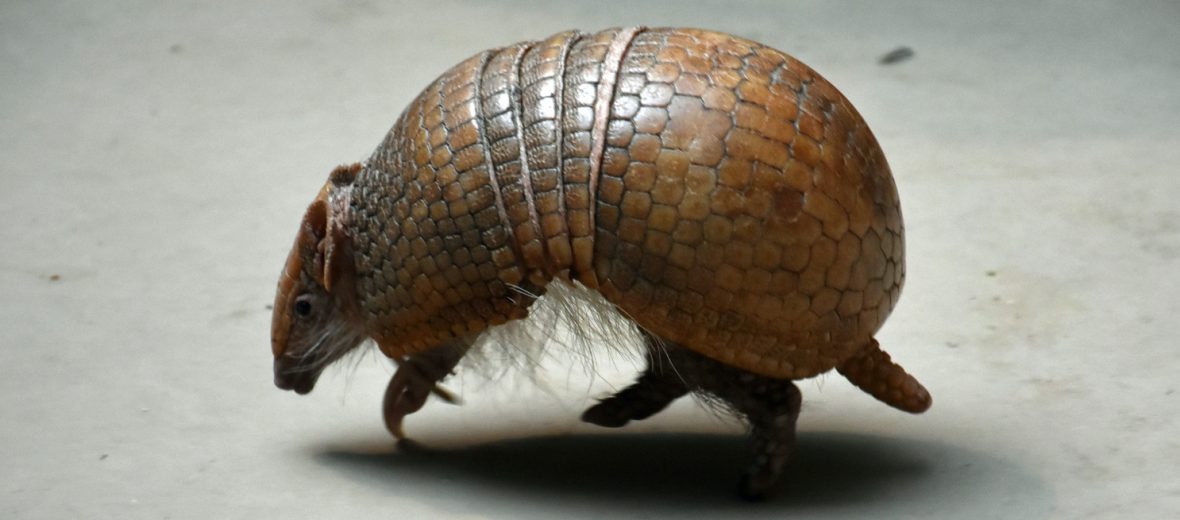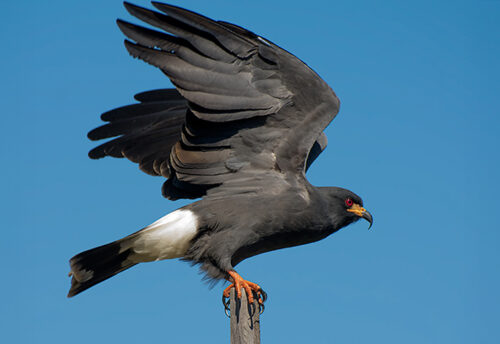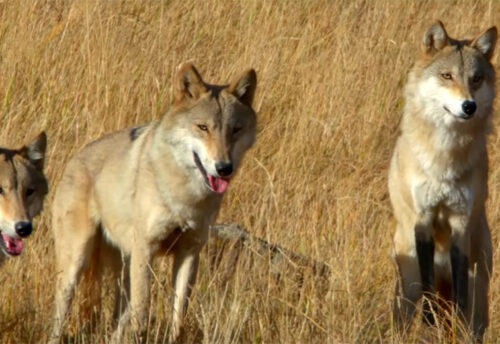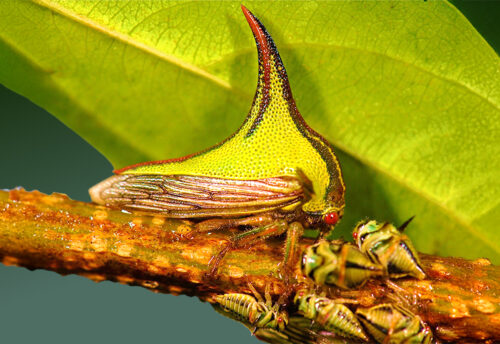
The Brazilian three-banded armadillo can be found in Brazil. They prefer dry woodlands and open savannahs. Their habitats generally have low quality soil and little rainfall. This results in the plant life to take the appearance of scattered shrubs; tall, wooded grass; twisted trees; and cacti. Due to habitat loss at the hands of ranching and the logging industry; hunting; and trapping, these critters are listed as Vulnerable by the IUCN. Their numbers are also decreasing. The last evaluation of these creatures was in October of 2013.
First the Stats…
Scientific name: Tolypeutes tricinctus
Weight: Up to 3.5 lbs.
Length: Up to 14 inches
Lifespan: Up to 19 years
Now on to the Facts!
1.) They are also known as tatubola, which translates to little ball armadillo.
2.) Over the last 10 years, these armadillos have dealt with a 30% loss in their numbers.
3.) While typically solitary, they have been seen in small family groups of up to 3 individuals.
4.) Although typically nocturnal (active at night), they have occasionally been seen looking for food during the day.
5.) Even though armadillos are great at digging, the Brazilian three-banded armadillo prefers to hide in shrubs or curl into a ball for defense, rather than dig a burrow.
But wait, there’s more on the Brazilian three-banded armadillo!
6.) When mobile, they move with a sort of bouncing trot.
7.) Territories are marked via scent glands on their face, feet, and rump.
Did you know…?
This is 1 of only 2 species of armadillo that can roll into a tight ball. The other is the southern three-banded armadillo.
8.) When faced with a predator, they will curl up into a ball, but not fully. They will then wait until the predator gets close enough and then they will snap shut to startle their attacker.
9.) A group of armadillos is called a fez.
10.) Termites, ants, snails, worms, fruit, and even carrion (dead animals) are all on the menu.
But wait, there’s still more on the Brazilian three-banded armadillo!
11.) Breeding season takes place between October – January.
12.) Females undergo up to a 120 day gestation (pregnancy) that yields a single pup.
Did you know…?
These critters have a layer of air between their shell and body that aids in thermoregulation. This allows them to dwell in habitats that are unsuitable to other armadillos.
13.) The pup is weaned at 10 weeks.
14.) Their sense of smell is so acute that they can pick up the scent of ants and termites under 7.87 inches of soil.
15.) The teeth of these armadillos are soft and shaped like pegs. They are specifically evolved to crush the exoskeletons of invertebrates.
But wait, there’s still a little more on the Brazilian three-banded armadillo!
16.) Jaguars and maned wolves prey on these critters.
17.) They were once called “kwaráu” in the now extinct language of the Serra Negra in Pernambuco, Brazil.
Now a Short Brazilian Three-Banded Armadillo Video!
This video talks about three-banded armadillos in general.
Be sure to share & comment below! Also, check out the Critter Science YouTube channel. Videos added regularly!
Want to suggest a critter for me to write about? Let me know here.
Some source material acquired from: Wikipedia & IUCN
Photo credit: Howard F. Schwartz



